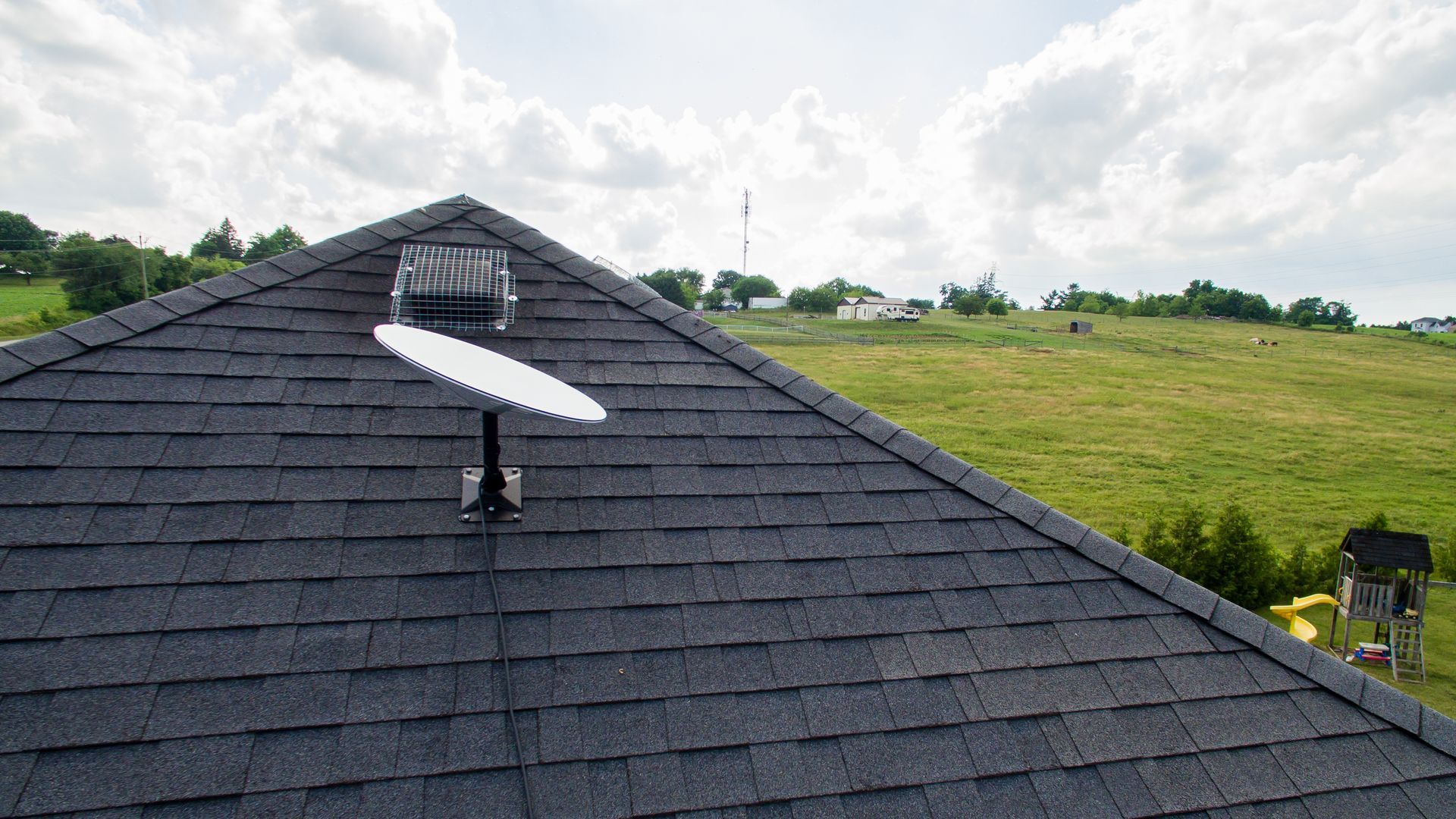Bringing High-Speed Internet to Rural Britain
How to Connect Rural and the Hardest-to-Reach
The lack of rural connectivity in the UK has become a pressing issue, creating a digital divide that impacts individuals, businesses and farmers.
This lack of access has a further impact on social mobility, particularly when around 37% of workers in the UK spend at least one day a week working remotely.
In 2021 the Public Accounts Committee published a report on improving broadband which states ‘1.6 million UK premises, mainly in rural areas, cannot yet access superfast [internet] speeds’.
According to
similar research by Ofcom, access to high-speed internet is significantly less in rural areas. In May 2019, 95% of UK premises had access to superfast broadband (30 Mbps+) whereas just 77% of rural premises were able to access download speeds of at least 30 Mbps. Furthermore, almost half a million rural premises were unable to attain 10 Mbps or higher.
Connected North Conference 2023

Meredith Sharples chairing a panel on Rural and Hardest-to-reach at the Connected North conference in Manchester 2023
Meredith Sharples, Managing Partner for Cloud, Content & Telecoms (CCT) at Cambridge Management Consulting, attended the Connected North conference in Manchester this week. He chaired a panel focused on the advancements and technology used to bridge the digital divide in the rural North.
This article draws on the conclusions and discussion points from that panel meeting.
Closing the Digital Divide in Rural Areas
Local authority areas in England classified as ‘predominantly rural’ contribute around £253bn of Gross Value Added (GVA), which equals 15% of England’s total GVA (House of Lords Library, 2020).
Consequently, the push for greater connectivity and superfast internet is vital if we are to strive for growth—both economically and socially.
Covid-19 has caused an abrupt shift towards digital service delivery and remote work, emphasising a need for access to digital technology and the skills necessary to apply for remote job opportunities. To prevent the growth of digital poverty, it is imperative to ensure that connectivity options, relative costs, internet speed and digital skills are levelled up—to give one example, internet speeds in some rural areas are so bad that farmers have to travel significant distances to a public library to apply for agricultural subsidies.
One of these major challenges is a lack of funding. With providers reluctant to invest in the digital future for the hardest-to-reach, who will bear the cost of ensuring equality across the country?
In 2020 the UK government announced Project Gigabit, a £5bn investment aimed at ensuring that 85% of premises have access to gigabit-capable broadband by 2025. This initiative provides Gigabit Vouchers, which pay up to £4,500 for homes and businesses, helping to cover the costs of installing gigabit broadband.
Despite this investment, significant barriers remain and exclude the hard-to-reach from large infrastructure projects:
- The cost of laying fibre-optic cables can be up to 20 times higher than in urban areas. Home and farms are spread out, and legal permission is required to lay cable across large stretches of private or public land
- Despite the UK government's efforts to simplify the planning process, with initiatives such as changes to permitted development rights and a new code of practice for telecoms infrastructure, many of these changes are still in their infancy
- Infrastructure is not only more expensive to build, but also to maintain in remote environments
- Limited competition between internet service providers (ISPs) in rural parts of the UK leads to higher prices and fewer options for residents
Champions of the Rural Network
There have been some local heroes too. Chris Conder, resident of the small village of Wray, Lancashire, got so exasperated by broadband speeds while trying to organise care for her elderly father, that she took matters into her own hands. After several years campaigning, she founded B4RN and found a unique solution to funding hurdles. Many of her subscribers were farmers and had access to machinery and were more than happy to dig their own ducts in exchange for a discount. Today, B4RN has connected about 7,000 homes in the rural north-west of England.
Community-led projects such as this will be necessary to hit the government's 2025 target, and they provide community guidance and case studies to help villages that want to follow the example of Wray.
Other potential connectivity solutions exist which may plug the gap:
- Fibre to the Mast (FTTM) connects homes by fitting a discreet antenna that links to a nearby mast or repeater. FTTM technology has been around for a while now and in recent years it's been adopted by ISPs and government as an an alternative technology to connect remote locations. Installing masts is costly, but some providers are exploring ways to share the cost and have one mast serve several operators and functions
- Satellite is another option. The UK government began a trial begun last year that sees remote locations across the UK, including a 12th century abbey in the North Yorkshire Moors National Park, equipped with technology receiving broadband from space that is up to ten times faster than is currently available to them. Following the trials, the government will consider the viability of using satellite technology to connect the very hard to reach

Example of a satellite dish that can received broadband from an orbiting satellite
Key Takeaway
Achieving better rural connectivity in rural areas requires a collaborative approach involving government funding and voucher schemes, regular oversight from local authorities, incentives for ISPs, and community-led projects.
ISPs may need to use a mix of technologies to reach remote locations and communities. They might also need to find ways to share the cost, via shared masts for example. It is also important that large infrastructure projects use technology solutions that will last and provide reliable and upgradable network access for the long-term; with maintenance costs and the impact of weather (in the case of satellite and masts) being a factor.
By all working together, we can ensure that residents and businesses in rural locations have access to fast and reliable internet that meets their needs and grants them the opportunities which they deserve.
Get in Touch
We have several consulting services geared towards ISPs, AltNets and the PSTN (copper) switch-off in 2025. If you have any questions or think you might benefit from one of our services, please do not hesitate to get in touch.
Contact - Africa
Subscribe to our insights
Blog Subscribe












